McCormick Place, Lakeside Center
Sunday, September 25, 2005
9:00 AM - 5:00 PM
McCormick Place, Lakeside Center
Monday, September 26, 2005
9:00 AM - 5:00 PM
McCormick Place, Lakeside Center
Tuesday, September 27, 2005
9:00 AM - 5:00 PM
McCormick Place, Lakeside Center
Wednesday, September 28, 2005
9:00 AM - 5:00 PM
8508
LED Light Treatment: Clinical (Pre)Treatment For Surgery, Cancer, & Skin Cancer
In recent years, LED light systems have become available in a variety of wavelengths. This paper represents my personal experience in 533 treatments over the period of 1 January 04 to 31December 04. Treatments were performed with the Omnilux 417nm (blue), 633 nm (red), or 830 nm (near infrared)
Breast Capsule: Augmentation, Reconstruction, & Tissue Expansion
Five of five patients treated with either 633 nm (red) alone, or 830/633 nm combined therapy once weekly for a minimum of 3 treatments. Patients saw changes in implant hardness within 10 days of the first treatment. Capsular contracture was reduced fro Baker III-IV to Baker I-II.
CO2 Laser Resurfacing: Pre-treatment
Patients undergoing laser resurfacing received 3 treatments before resurfacing, using either 633nm or a combination of 830/633nm. Three 633nm (once weekly) treatments were administered after re-epithelialization. All patients were treated using the Sharplan Feathertouch system, using 3 passes of 120 watts. Where previous patients required 10-20 days to heal, pre-treated patients were epithelialized in 6-7 days. Erythema at 3-4 weeks was comparable to previous patients at 3-4 months. One male smoker experienced resolution of erythema within ~4 weeks. Upper and lower eyelids resurfaced at 80 watts were epithelialized within 4 days.
Hair Removal: Post-IPL treatment
Immediately following IPL hair treatment, 2 maintenance hair removal patients were treated with 633nm lite. Both noted improved hair reduction that previously experienced.
Fat Graft Survival: Pre-treatment
While the results of any fat injection treatment can be variable, of the treated patients, it was my clinical impression that both the short term edema was reduced/abbreviated and fat graft survival was enhanced at ³ 3-6 month follow-up. Three weekly pre-treatments of 633 nm or 830/633 nm combined treatments were performed, with three weekly 633 nm treatments starting at the 1 week recheck visit.
Skin Rejuvenation/Basal Cell Cancer/ Actinic Keratosis: Photo-Dynamic Therapy (PDT
Using Visia® complexion analysis, the extent of sun damage was documented. Lite treatments were done with either the 633 nm or 417 nm lite. For bilateral treatment, both 417 & 633 nm lights were used. Clinical response was equally to both wavelengths. Discomfort during light exposure was higher for the 417 nm light.
Skin texture improvements were observed over the 3 months, with the greatest change occurring in the first month Patients undergoing PDT for aesthetic reduction of sun damage (who did not see significant improvement in Visia® analysis) still reported subjective improvement in enhanced skin softness, elasticity, and make-up retention/stability.
830/633 nm Skin Rejuvenation
A series of 12 patients underwent a sequence of individual 830 nm or 633 nm treatments over 5 weeks. Smokers were excluded Pre-, intra-, and post- sequence Visia ® complexion analysis was performed. Texture improvements were greater in The most pronounced texture improvements were in the thinner peri-orbital skin, and less pronounced in the peri-oral area. Continued texture improvements were observed for up to three months after the last treatment.
Patients who underwent 830/633 treatments following PDT (³ 3 months after PDT) saw better texture improvement. This would suggest a potential benefit of PDT as a pre-operative treatment (to enhance skin elasticity following any skin treatment)
Acne: LED only or PDT
For some patients with cystic acne, Visia® docemented low porphyrin counts. This suggests either a deficit in drainage, an imbalance in immune response, or both. For cystic acne, PDT treatment appears to facilitate porphyrin drainage. Treatment with either 633 nm alone, or with the 830 nm can stimulate self-repair, facilitating cyst resolution, even in patients showing resistance to Acutane.

Figure 1: Visia: Low porphyrin (bacteria) cystic acne

Figure 2: Pre & Post PDT acne treatment

Figure 3: 830/633nm Pre/Post Treatment for high energy CO2 Resurfacing (smoker)
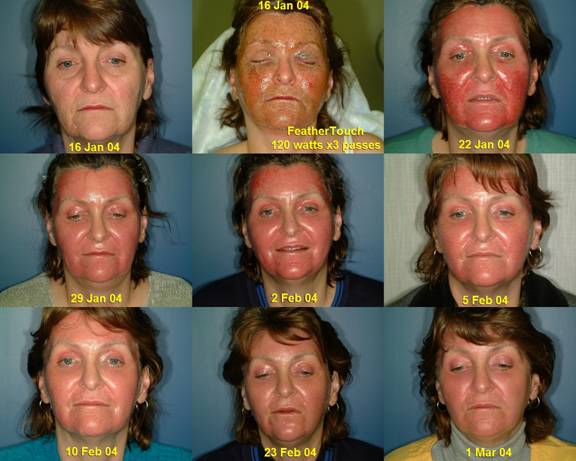
Figure 4: 633nm Pre/Post Treatment for high energy CO2 Resurfacing
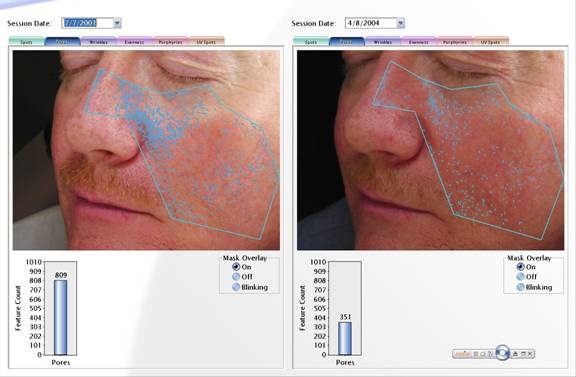
Figure 5: Visia (Pores) Pre/Post PDT 10% for Texture
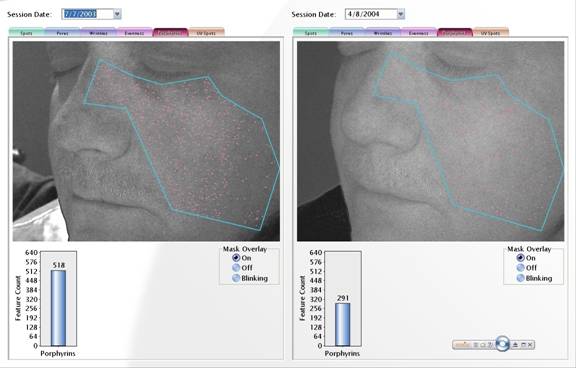
Figure 6: Visia (Porphyrins) Pre/Post PDT 10% for Texture
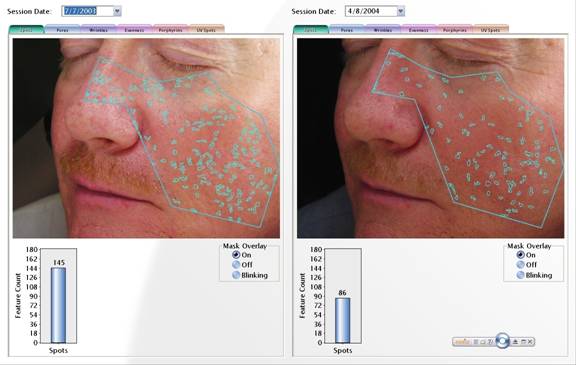
Figure 7: Visia (Spots) Pre/Post PDT 10% for Texture
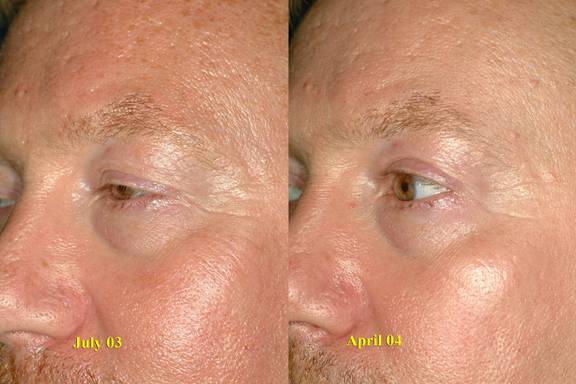
Figure 8: Pre/Post PDT 10% for Texture
